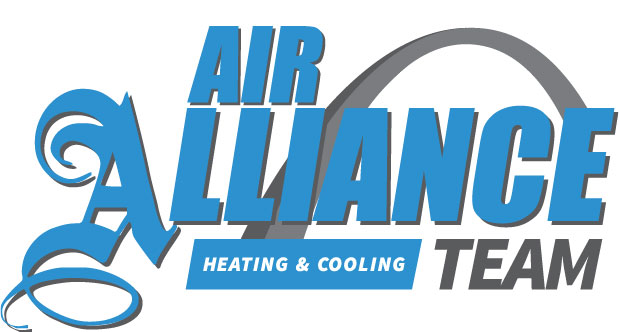
You shouldn’t be forced to give up comfort or spend a lot to keep your home at the right setting during hot days.
But what is the right temperature, exactly? We review suggestions from energy pros so you can choose the best temperature for your home.
Here’s what we recommend for the most energy-efficient setting for air conditioning in Ballwin and St. Charles.
Recommended Thermostat Settings for Summer
Most people find setting the thermostat at 72-73 degrees is most comfortable. However, if there’s a huge difference between your indoor and exterior warmth, your electricity expenses will be larger.
These are our suggestions based on the U.S. Department of Energy (DOE) and ENERGY STAR®.
While at home: 78 degrees. While that seems warm, there are approaches you can keep your residence cool without having the air conditioning running all the time.
Keeping windows and window treatments closed during the day keeps chilled air where it belongs—within your home. Some window treatments, including honeycomb shades or plantation shutters, are made to deliver extra insulation and improved energy efficiency.
If you have ceiling fans in your home, the DOE says you can move thermostat temperatures about 4 degrees hotter without sacrificing comfort. That’s since they refresh with a windchill effect. As they cool people, not areas, turn them off when you exit a room.
If 78 degrees still feels too uncomfortable at first glance, try running a test for approximately a week. Start by raising your temperature to 78 degrees while you’re home. Then, progressively lower it while following the suggestions above. You might be amazed at how cool you feel at a hotter temperature setting.
While away: 88 degrees. There’s no need to keep the air conditioner on all day while your residence is empty. Switching the setting 7–10 degrees warmer can save you anywhere from 5–15% on your electrical costs, according to the DOE.
When you get home, don’t be tempted to switch your thermostat colder than 78 to cool your house more quickly. This isn’t useful and usually leads to a higher electrical cost.
A programmable thermostat is a helpful way to keep your temp under control, but you need to set programs. If you don’t utilize programs, you risk forgetting to change the set temperature when you leave.
If you’re looking for a convenient fix, think over installing a smart thermostat. This thermostat links with your phone, so it is aware when you’re at your house and when you’re out. Then it instinctively modifies temperature settings for maximum savings. How much exactly? An estimated $180 yearly on heating and cooling, according to ENERGY STAR.
Another advantage of installing a smart thermostat? You can use your phone to watch and change temperature settings from almost anywhere.
While sleeping: Around 70 degrees. While ENERGY STAR recommends 82 degrees, that might be unbearable for the majority of families. The majority of people sleep better when their bedroom is chilly, so that’s why the National Sleep Foundation suggests 60–67 degrees. But that may be too chilly, due to your clothing and blanket preference.
We advise trying a similar test over a week, moving your temp higher and steadily turning it down to pinpoint the ideal temp for your family. On mild nights, you may learn keeping windows open at night and relying on a ceiling fan is a preferable idea than using the air conditioner.
More Ways to Use Less Energy During Hot Weather
There are extra methods you can spend less money on cooling bills throughout hot weather.
- Buy an energy-efficient cooling system. Central air conditioners only last about 12–15 years and get less efficient as they get older. A new air conditioner can keep your house comfier while keeping AC costs down.
- Book yearly air conditioner maintenance. Annual air conditioner maintenance keeps your system working like it should and might help it run at greater efficiency. It may also help extend its life expectancy, since it enables professionals to find seemingly insignificant problems before they lead to a major meltdown.
- Switch air filters frequently. Read manufacturer instructions for switching your air filter. A dusty filter can cause your system to short cycle, or run too often, and raise your energy.
- Inspect attic insulation levels. Almost 90% of homes in the United States don’t have adequate insulation, according to the Insulation Institute. Many southern climates require 13–14” of attic insulation, while northern climates should have 16–18”.
- Have your ductwork checked. Ductwork that has separated over time can seep cool air into your attic, walls or crawl space. This can lead to major comfort troubles in your house, like hot and cold spots.
- Seal cracks, doors and windows. Keep hot air where it belongs by sealing cracks. You can also caulk or weather strip doors to trap more cold air indoors.
Conserve More Energy During Warm Weather with Air Alliance Team
If you need to use less energy during warm weather, our Air Alliance Team specialists can provide assistance. Reach us at 636-206-4584 or contact us online for extra info about our energy-saving cooling options.
